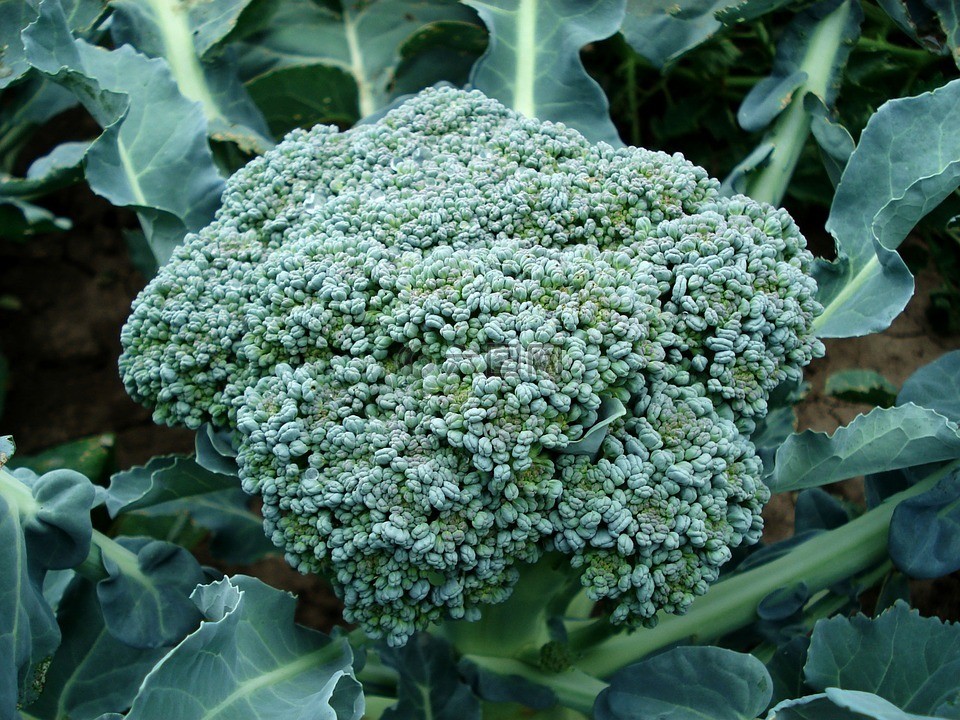

— Blogs —
—Products—
 Consumer hotline +8618073152920
Consumer hotline +8618073152920 WhatsApp:+8615367865107
Address:Room 102, District D, Houhu Industrial Park, Yuelu District, Changsha City, Hunan Province, China
Product knowledge
Time:2023-08-11 21:06:15 Popularity:1155
Broccoli (cauliflower) is a widely grown vegetable crop which is cultivated worldwide. Below are some of the main countries where broccoli is grown:
China: China is one of the largest producers of broccoli in the world, with Guangdong, Jiangsu, Zhejiang and other regions being the main growing areas.
United States: The United States is also an important country for broccoli cultivation, with California being the main growing area.

India: India is one of the major broccoli planting countries in Asia, Rajasthan and Karnataka are the main production areas.
Spain: Spain is one of the major broccoli producing countries in Europe, especially in the Andalusia region.
France: France is also an important grower of broccoli, with the Brittany region being the main producing area.
Besides the above countries, broccoli is also grown in other countries such as Italy, Mexico, Holland and Brazil. Due to its adaptability and wide planting area, broccoli can be seen all over the world.
The cultivation of broccoli (also known as cauliflower) can also be managed and monitored with the help of agrometeorological stations. Below are the applications of agrometeorological stations in broccoli cultivation:
Temperature management: agrometeorological stations can provide accurate temperature data to help farmers understand the temperature requirements of broccoli at different growth stages. By monitoring and analysing the temperature data, farmers can reasonably adjust the temperature of the greenhouse or open-air growing environment to provide suitable growing conditions.
Precipitation management: Broccoli has a high water requirement, and insufficient or excessive precipitation may have an impact on growth. Agro-weather stations can provide data such as precipitation amount and frequency to help farmers make irrigation plans and adjust the amount of irrigation in time to meet the water needs of broccoli.
Light management: Light is one of the key factors for broccoli growth and development. Agrometeorological stations can provide data such as sunshine hours and light intensity to help farmers understand the light needs of broccoli at different growth stages. In outdoor planting, farmers can reasonably arrange the planting time and position according to the light data; in greenhouse planting, farmers can control the light conditions by adjusting the shade net or artificial light source.

Wind speed management: The tender leaves of growing broccoli are easily damaged by wind. The agrometeorological station can provide data on wind speed and direction to help farmers take corresponding protective measures, such as building windbreak nets or setting up wind direction signs to protect the growth of broccoli.
Pest and disease prevention: data from agrometeorological stations can be correlated with the occurrence and spread of pests and diseases. By analysing meteorological data, farmers can predict the outbreak and spreading trend of pests and diseases, and take timely and appropriate control measures to protect the healthy growth of broccoli.
The application of agrometeorological stations can help farmers achieve precise agricultural management, optimise the growing environment of broccoli, improve production efficiency, and reduce resource waste and loss.
Prev:Installation of Agro-meteorological stations in cotton cultivation values and roles
Next:Automatic weather monitoring stations provide farmers with accurate weather information
Related recommendations
Sensors & Weather Stations Catalog
Agriculture Sensors and Weather Stations Catalog-NiuBoL.pdf
Weather Stations Catalog-NiuBoL.pdf
Related products
 Combined air temperature and relative humidity sensor
Combined air temperature and relative humidity sensor Soil Moisture Temperature sensor for irrigation
Soil Moisture Temperature sensor for irrigation Soil pH sensor RS485 soil Testing instrument soil ph meter for agriculture
Soil pH sensor RS485 soil Testing instrument soil ph meter for agriculture Wind Speed sensor Output Modbus/RS485/Analog/0-5V/4-20mA
Wind Speed sensor Output Modbus/RS485/Analog/0-5V/4-20mA Tipping bucket rain gauge for weather monitoring auto rainfall sensor RS485/Outdoor/stainless steel
Tipping bucket rain gauge for weather monitoring auto rainfall sensor RS485/Outdoor/stainless steel Pyranometer Solar Radiation Sensor 4-20mA/RS485
Pyranometer Solar Radiation Sensor 4-20mA/RS485
Screenshot, WhatsApp to identify the QR code
WhatsApp number:+8615367865107
(Click on WhatsApp to copy and add friends)
